The great Australian bite: In search of our national dish
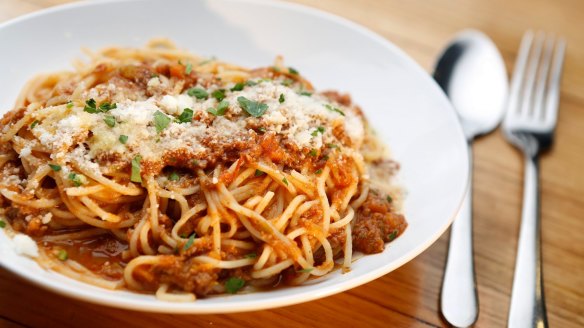
Recently the Vietnamese-Australian chef Luke Nguyen and the Malaysian-Australian chef Adam Liaw asserted – quite independently of each other – that this country's national dish is salt and pepper squid.
Those boys are heavy-hitters, so we need to take the assertion seriously, and it only requires a moment's reflection to realise that, while nobody cooks SPS at home, everyone is eating it when they go out or when they order takeaway.
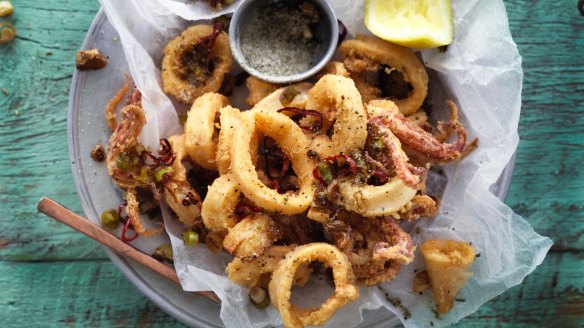
So the claim by Nguyen and Liaw was not surprising. What's surprising is the mildness of the reaction. On Twitter, a few people politely told Liaw that he should consider these alternatives: the Chiko Roll, damper, steak and eggs, garlic prawns, green chicken curry, pizza, kebabs, chicken parma, and fish and chips.
That's a dramatic contrast to what happened more than 20 years ago when I dared to suggest in The Sydney Morning Herald that Australia's national dish was spaghetti bolognese. Readers demanded that I be sacked from food writing because the national dish was and always would be the meat pie with tomato sauce, and anyone suggesting otherwise was an idiot and a traitor.
The nostalgic nationalists were unable to accept the notion that Australia had finally evolved into a diverse place to live.
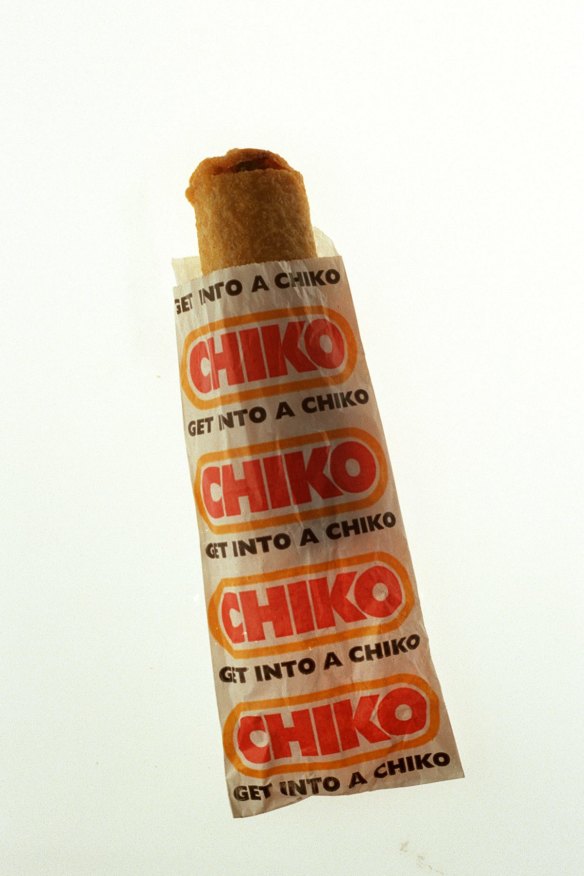
Other complaints came from the pasta snobs, who said Australians were doing it wrong. In Bologna there is only tagliatelle al ragu – handmade pasta with a meat sauce that includes chicken livers. They didn't realise Australia is a land of early-adopters and easy adapters. We borrow good ideas and tinker with them till they fit our needs.
The only sliver of support came from a couple of desperate housewives who said they cooked spag bol three times a week because it was the only way to get their children to eat vegetables. They crammed their recipe with carrots, celery, peas, and even spinach. The kids loved it so much they demanded spag bol whenever the family ate out. I thought they probably represented the silent majority. But they were shouted down by the pie lovers.
A year after I made that outrageous claim, two pieces of evidence came to my aid.
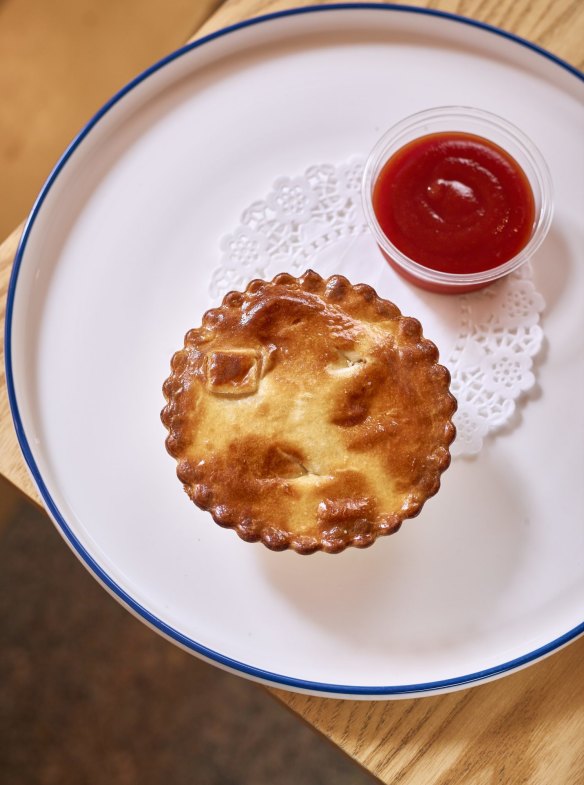
A survey by Bis Shrapnel in 1998 showed what Australians ordered most often as takeaway meals: sandwiches (22 per cent); hot chips (16); hamburger (13); pastries (11); pizza (8); meat pie (8); fried chicken (5).
And in 1999, Dangar Research Group interviewed people in 800 households and found spaghetti was a weekly meal in 68 per cent of homes, while 78 per cent of homes had soy sauce in the pantry. Italian was the favourite style among home cooks (79 per cent of homes), followed by Chinese (71) and Mexican (42). The most popular restaurants when eating out were Chinese (75 per cent), Italian (66), Thai (46), Indian (41), Mexican (34), Japanese (27) and Vietnamese (27). The pie was long gone.
Now, two decades later, inspired by Nguyen and Liaw, I'm revisiting the issue. I sought advice from a range of scholarly cooks and I looked again at the prime candidates for the top title. Here, in roughly chronological order, is the evolution of our national dish.
The meat pie with tomato sauce
The concept arrived with the first English settlers, and by the 1850s there were "flying piemen" spruiking their goodies through the streets of our biggest cities. The English journalist Marcus Clarke described a visit to a pie stall in Bourke Street, Melbourne, in 1869. The pieman poked a hole in the crust with his finger and inserted watery gravy via a long spout. When Clarke looked dubious, another customer said: "Don't worry, mutton's cheaper than cat".
But the pie only found its true Australian identity in the 1920s, when gravy was replaced by tomato sauce (successfully adapted by the Rosella company from the Heinz tomato ketchup that first appeared in Pittsburgh in 1869).
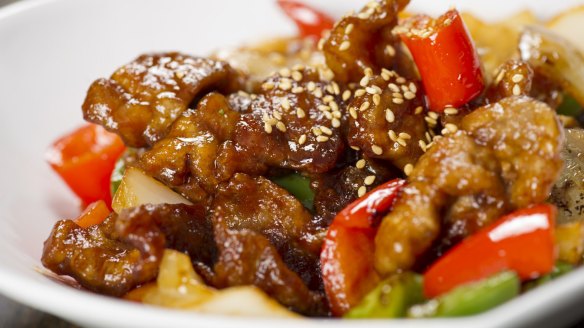
Sweet and sour pork
This was the salt and pepper squid of its day, and its day lasted for nearly 100 years. The Chinese who came in the 1850s to seek gold went on to create cafes and market gardens. By the 1950s there was a Chinese caff in every suburb and in most country towns. Takeaway meant families brought their own bowls and saucepans and carried home fried rice, beef and black bean sauce, chicken chow mein and, most important of all, SSP.
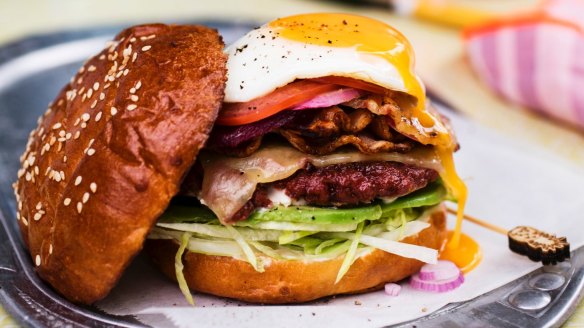
The hamburger with beetroot
During the 1960s, my mother refused to cook dinner on Sunday nights (having exhausted herself with the lunchtime roast), so I was dispatched down the road to "the Greeks" to watch a meticulous layering process of fried onions, shredded lettuce, meat pattie, cheese, fried egg, beetroot, tomato and tomato sauce. Multiplied by 1 million, that was an Aussie weekly dinner until the arrival of McDonald's in 1971, when the onion, lettuce, beetroot and tomato were replaced by a slice of pickle.
The Chiko Roll
In 1951, in Bendigo, Victoria, a boilermaker named Frank McEnroe made a breakthrough: he improved on the spring rolls he'd eaten in Chinese restaurants by developing a thicker casing that allowed easy transportation around the country. Soon every caff with a deep-fryer was plopping Frank's yellow cylinders into hot fat, then sliding the cylinders into specially made bags that had been lubricated with a couple of squirts of tomato sauce. First he called them chicken rolls, then hit on a name that stuck – Chiko.
Pizza with pineapple
Shock news: this was not an Aussie invention. It's not even a Hawaiian invention. In 1962, a Greek Canadian called Sam Panopoulos dumped a can of pineapple chunks onto a ham and cheese pizza in his Satellite restaurant in Ontario. Australians embraced the idea in the mid-1960s, when we were obsessed with including Queensland pineapple rings and chunks in every dish, savoury or sweet.
What the chefs think
In the 21st century, the candidates for the title of national dish have proliferated: spag bol at home, pad Thai noodles as takeaway, the schnitty and the parmy in the pub, and char-grilled octopus in restaurants of every ethnicity.
There is, of course, a difference between the national dish at home (what we cook often for the family) and the national dish when we're out (what we order often in restaurants or as takeaways). I asked some of Australia's top food professionals to take that division into account when they discussed how the nation's tastes have evolved.

Hugh Allen, executive chef at Vue de Monde, Melbourne, started work in Rockpool, Sydney, at the age of 15. That was just 10 years ago, so his experience is typical of 21st century Australians.
"My parents were very average cooks, mostly spag bol, chilli con carne, Thai takeaway and Friday night pizza. People ordered lots of steaks! Recently I noticed a lot more vegies being eaten so maybe people are eating more plant-based foods instead of red meat."
Allen found it difficult to confine himself to one national dish, nominating chicken parma, avocado on toast, meat pie, lamington and pavlova as contenders.
"Australia is such a diverse place, with so many cultures, I'm sure everyone has a different answer depending on where they are from.
"I hope in 50 years' time the national dish is something unique to our wonderfully vast land! It would be amazing if it included finger limes, macadamia, strawberry gum etc. That would be really Australian."
Allen's expectation about how the other chefs would answer the question proved to be correct.
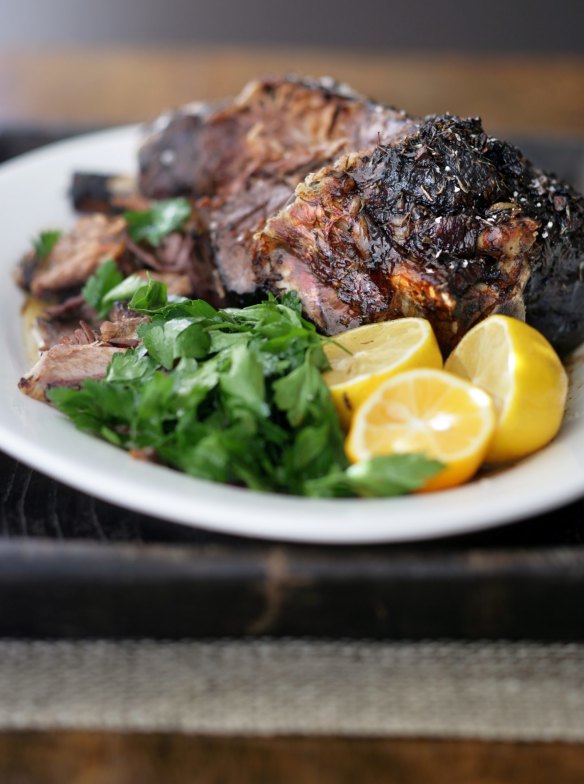
Janni Kyritsis, who arrived in Australia in 1970 and became the chef at Sydney's Berowra Waters, Bennelong and MG Garage, offered this reflection: "By the time I started work at Stephanie's restaurant in Melbourne in 1977, I would have said the national dish was 'mixed grill', served in country cafes run by Greek immigrants. That was a sausage, a lamb chop, a bit of steak, bacon, lamb's fry, chips and maybe a fried egg, all on the same plate.
"Nowadays I would say the national dish is slow-roasted lamb, which might reveal something about the Greek influence over the years. I seem to be rediscovering my own heritage, because slow-roasted lamb is also what I mostly cook at home for my friends."
Lucio Galletto arrived in 1977 with his Australian bride, Sally Stanford, and worked initially as a waiter at Natalino's, in Sydney's Kings Cross, before opening his own restaurant in 1981. "When I first got here, and I went to eat with Sally's family on their farm near Mudgee. They served me macaroni cheese, which was apparently a favourite at the time. I thought it was delicious, but I said I wanted to try Australian food, so they gave me roast mutton. I found the taste a bit strong.
"If you'd asked me in the '90s, I'd have said the national dish was char-grilled baby octopus. Nowadays you're more likely to get one huge blackened tentacle on the plate. I notice many restaurants are serving burrata as a starter now. And I think spaghetti alle vongole might be replacing spaghetti bolognese."
Ashraf Saleh worked in Saudi Arabia before coming to Australia in the early '80s. Now he runs Coya restaurant in Cromer, near Dee Why, Sydney. "In the '80s, from my memory, roast dinner was the national dish to be enjoyed at home, while chicken parma was popular in restaurants. Now in 2019, barbecue would be the national dish at home. When eating out, it would be barramundi with condiments."
Joe Kitsana arrived in Australia in 1995, aged 17, and started cooking in a Cambodian restaurant in Sydney's Darlinghurst called Angkor Wat. As he looked at what people were ordering in the restaurants in his area, he concluded that the national dish must be pad Thai. Now he runs Joe's Table in Darlinghurst and observes that the national taste has broadened. "Today Australians love all kinds of noodle dishes, such as pho, ramen, and laksa."
Stephanie Alexander, who ran a three-hatted restaurant in Melbourne from 1976 to 1991 and wrote the definitive Australian food encyclopaedia, The Cook's Companion, says: "In 1976 at Stephanie's, the menu stars were always anything to do with duck, followed by beef. The duck was because no one was confident or brave enough to cook it at home. The dish most often cooked at home and valued by the Anglo-Saxon majority was a roast leg of lamb with roasted vegetables.
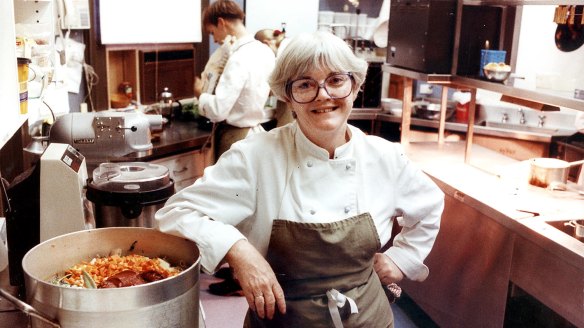
"The national dish now? Impossible concept. Even the least knowledgeable home cook is surrounded by versions of national dishes wherever they buy their food – sushi, pasta, falafel, pho, spring rolls, samosas, curry, etc."
So there's your conclusion. The answer to the question "What is our national dish?" has to be: There's not one, but there are many, and from all the lands on earth they come.
In the 1950s, it was easy to nominate the meat pie as the symbol of a monoculture. In 70 years, we've transitioned from one of the most boring places on the planet to one of the most interesting – diverse in ideas, diverse in food. Our national symbol is our variety.
At this time of patriotic fervour, that's something to be proud of.
David Dale is the author of The Little Book of Australia and teaches media at the University of NSW.